Fujian cuisine, originating from the southeastern coastal province of Fujian in China, embodies a rich tapestry of flavors, techniques, and cultural influences. Renowned for its emphasis on fresh, seasonal ingredients and delicate flavors, Fujian cuisine showcases a harmonious balance of sweet, sour, savory, and umami tastes. With a focus on seafood, soups, and braised dishes, Fujian cuisine highlights the region's abundant coastal resources and agricultural bounty. Famous dishes such as Buddha Jumps Over the Wall, fish ball soup, and oyster omelette exemplify the culinary artistry and culinary heritage deeply ingrained in Fujian's gastronomic tradition.
Wonton
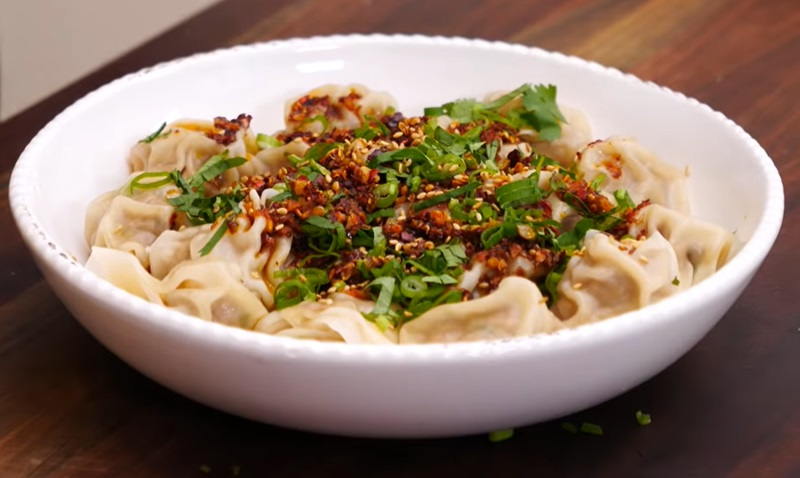
Fujian cuisine is known for its delicate flavors and fresh ingredients, and one of its famous dishes is the Fujian Wonton. This delicious dish is a culinary masterpiece that combines the rich flavors of the region with the artistry of Chinese cooking. The Fujian Wonton is a dumpling made from a thin wrapper filled with a mixture of minced pork, shrimp, chicken and fragrant herbs. The filling is carefully seasoned with soy sauce, ginger, and garlic, giving it a savory taste that is both comforting and satisfying. The wontons are then either boiled or steamed to perfection, resulting in a tender and juicy texture.
Spring roll

Fujian cuisine is known for its delicate flavors and emphasis on fresh ingredients, and one of its most popular dishes is the Fujian Spring Roll. This delectable dish is a delightful combination of crisp vegetables, tender meat, and fragrant seasonings, all wrapped in a thin, translucent wrapper made from wheat flour. The filling for Fujian Spring Rolls typically includes a variety of vegetables like cabbage, carrots, and bamboo shoots, along with proteins such as shrimp, chicken, or pork. These ingredients are finely chopped and stir-fried with garlic, ginger, and soy sauce to create a flavorful mixture that is both savory and slightly sweet. The wrapper for the spring rolls is made by mixing wheat flour with water, resulting in a thin, elastic dough that is rolled out into circles. The filling is then carefully wrapped in the dough, creating a tight and compact roll. The spring rolls are then deep-fried until golden brown and crispy. The Fujian Spring Roll is often served as an appetizer or as part of a larger meal. It is commonly accompanied by a sweet and tangy dipping sauce made from vinegar, soy sauce, sugar, and chili.
Bak kut teh
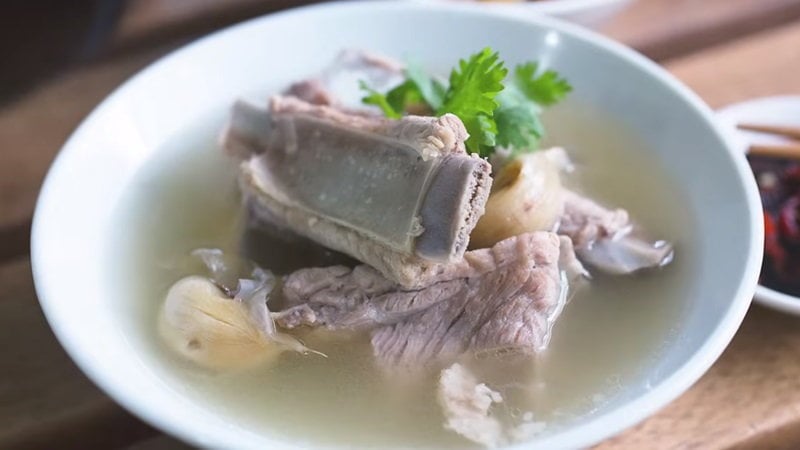
Bak kut teh is a popular dish in Fujian cuisine that originated from the southern region of China. Translated as "meat bone tea," this dish is a flavorful and aromatic soup made by simmering pork ribs with a combination of Chinese herbs and spices. The key ingredient in bak kut teh is the tender pork ribs, which are boiled until they are soft and succulent. The soup is infused with a rich blend of herbs such as star anise, cinnamon, cloves, and dried tangerine peel, giving it a fragrant and robust flavor. Other ingredients often added include garlic, mushrooms, tofu, and various vegetables. Bak kut teh is usually served with steamed rice, which helps to balance out the strong flavors of the soup.
Fish ball

One popular dish that exemplifies the essence of Fujian cuisine is the fish ball. Fish balls, made from a mixture of minced fish, starch, and various seasonings, are the star of this dish. The fish balls are prepared by blending the ingredients together, forming small rounded shapes, and then boiling them in a flavorful broth. The result is a tender and bouncy texture that is both satisfying and light. The broth used to cook the fish balls is typically made from a combination of fish bones, dried seafood, and aromatic herbs. This broth infuses the fish balls with a rich umami flavor, creating a harmonious balance between the ingredients. The dish is often garnished with fresh herbs, such as cilantro or green onions, to add a touch of freshness and color. Some variations may also include additional ingredients like vegetables or tofu to enhance the overall taste and texture.
Gua bao
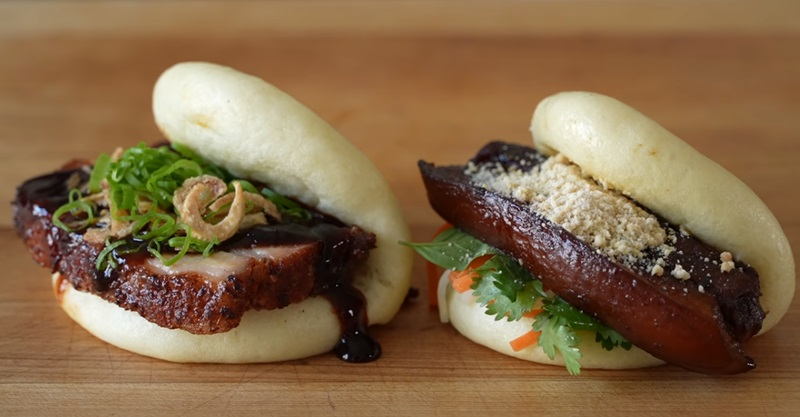
Gua bao, a popular dish in Fujian cuisine, is a delicious and satisfying street food that has gained popularity worldwide. It consists of a steamed bun filled with various ingredients, creating a harmonious combination of flavors and textures. The star of the Gua bao dish is the fluffy and slightly sweet steamed bun, known as a "bao." The bun is made from wheat flour and yeast, giving it a soft and pillowy texture. It is then filled with tender and succulent slices of braised pork belly, which are marinated in a flavorful mixture of soy sauce, garlic, and spices. The pork belly is cooked until it becomes melt-in-your-mouth tender, with a rich and savory taste. To add a refreshing contrast to the rich pork belly, Gua bao is usually garnished with a variety of toppings such as pickled mustard greens, crushed peanuts, and cilantro. These toppings provide a crunchy texture and a tangy flavor, balancing out the richness of the pork.
Buddha Jumps Over the Wall
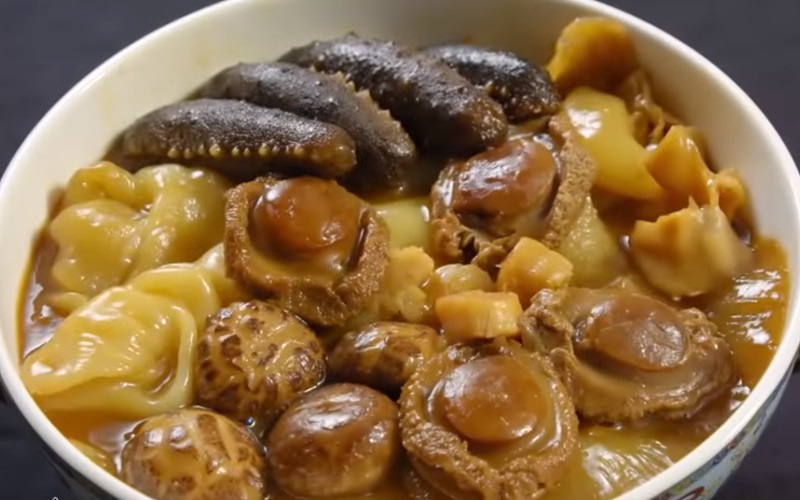
Buddha Jumps Over the Wall, also known as Buddha's Temptation, is a renowned dish in Fujian cuisine, originating from the coastal province of Fujian in China. This dish is a true culinary masterpiece, with a rich history and a complex combination of flavors. The dish gets its intriguing name from the legend that the aroma of the soup was so enticing that even Buddha himself would be tempted to jump over a wall to taste it. It is said to be made with over 30 ingredients, including precious ingredients like abalone, sea cucumber, shark fin, fish maw, chicken, and various herbs and spices. The preparation of Buddha Jumps Over the Wall is a meticulous process that involves slow cooking and layering the ingredients to develop their flavors. The result is a thick, fragrant, and savory soup with a delicate balance of textures and tastes. This dish is highly regarded for its nourishing properties and is often served during special occasions or festive gatherings. It showcases the mastery of Fujian cuisine, with its emphasis on fresh seafood, exquisite ingredients, and intricate cooking techniques. Buddha Jumps Over the Wall is truly a culinary delight that captures the essence of Fujian cuisine.
Shacha Sauce
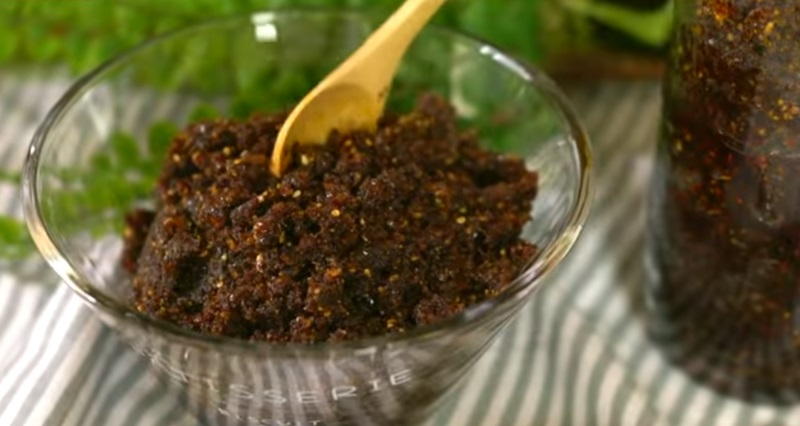
Fujian cuisine is known for its bold flavors and unique combination of ingredients. One popular item that showcases the essence of Fujian cuisine is the Shacha sauce. Shacha sauce is a savory and aromatic condiment made from a blend of spices, including garlic, shallots, and dried shrimp. It has a rich and complex flavor profile, with hints of sweetness, spiciness, and umami. Shacha sauce is used in different ways - as a barbeque meat rub, a soup base, a seasoning for stir-fries, or as a a dipping sauce (for hot pot). The result is a delightful medley of flavors, with the sauce infusing the ingredients with its distinct essence.
Popiah
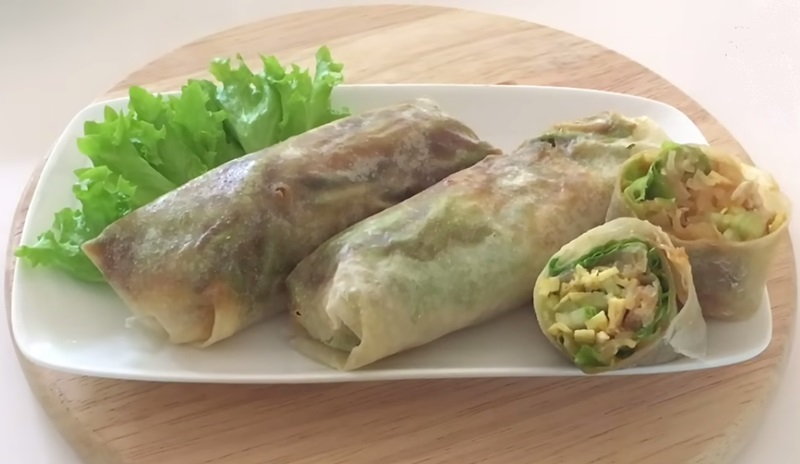
Popiah is a delicious and hearty dish that consists of a thin, soft crepe-like wrapper filled with a variety of ingredients. The filling typically includes stir-fried vegetables such as cabbage, carrots, and bean sprouts, as well as seasoned minced meat, shrimp, and sometimes tofu. These ingredients are cooked together with fragrant spices like garlic, ginger, and soy sauce to create a flavorful mixture. The wrapper is made from a combination of wheat flour and water, which is then rolled out into thin sheets and cooked briefly on a hot griddle. Once cooked, the wrapper is filled with the cooked filling and rolled tightly into a cylindrical shape. Popiah is often served with a sweet and tangy sauce made from soy sauce, hoisin sauce, and chili, which adds a delightful kick to the dish. Popiah is not only delicious but also a fun and interactive dish to eat, as it can be customized according to individual preferences.
Misua
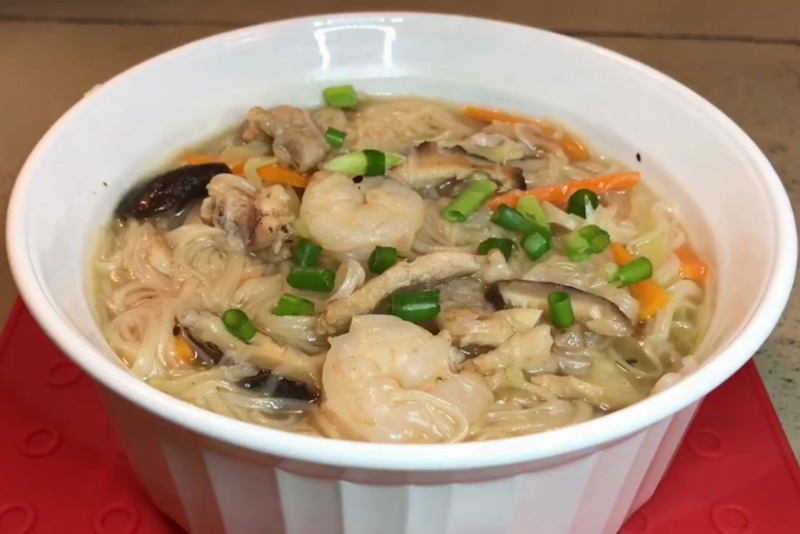
Fujian cuisine is renowned for its diverse range of dishes, and one of its most popular and beloved dishes is the Misua. Misua, also known as "thin noodles" or "vermicelli," is a type of wheat noodle that is commonly used in Fujian cuisine. The Misua Dish is a hearty and flavorful dish that combines the delicate and soft texture of the misua noodles with a variety of ingredients that create a harmonious blend of flavors. The dish typically includes ingredients such as mushrooms, bamboo shoots, dried shrimp, and thinly sliced pork or chicken. These ingredients are stir-fried together with garlic, ginger, and soy sauce to infuse the noodles with a rich and aromatic taste. The Misua Dish is not only delicious but also highly nutritious, as it incorporates a variety of vegetables and proteins. It is a versatile dish that can be enjoyed as a main course or as a side dish, and it is often served during special occasions and celebrations in Fujian.
Oyster Omelette
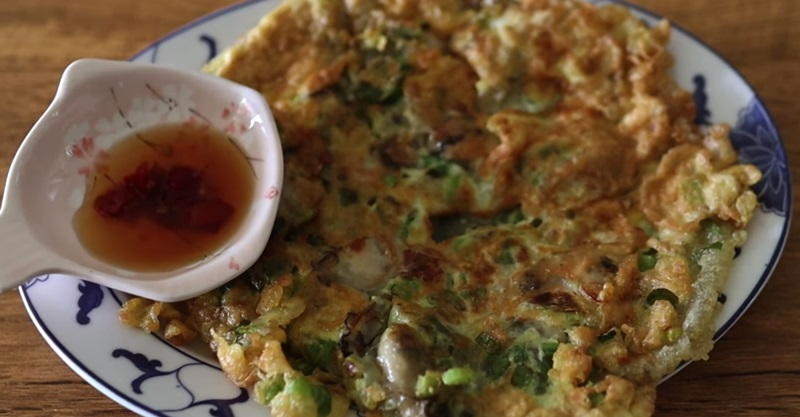
The Oyster Omelette is a delectable dish that combines the freshness of oysters with the delicate texture of eggs, resulting in a tantalizing blend of flavors and textures. To prepare the Oyster Omelette, fresh oysters are first pan-fried until they develop a crispy outer layer, while still retaining their succulent juiciness inside. The oysters are then combined with a fluffy egg mixture and cooked on a hot griddle until the omelette is golden brown and slightly crispy on the edges. The Oyster Omelette is typically served with a tangy and spicy sauce, made from a combination of soy sauce, vinegar, chili, and garlic. The sauce adds a zesty kick to the dish, balancing out the richness of the oysters and eggs. This dish is beloved for its contrasting textures, with the crispy oysters providing a delightful crunch against the soft and fluffy omelette. The briny flavor of the oysters pairs perfectly with the savory taste of the eggs, resulting in a harmonious combination that is both satisfying and comforting.
Ngo hiang

Fujian cuisine is known for its rich and diverse flavors, and one of its most popular dishes is Ngo hiang. Ngo hiang is a unique and delicious dish that is a blend of Chinese and Indonesian influences. It is a type of meat roll made from a mixture of ground pork, prawns, and various seasonings. The filling is then wrapped in bean curd skin or spring roll wrappers and deep-fried until golden and crispy. The result is a savory and aromatic roll with a crispy exterior and a juicy, flavorful interior. Ngo hiang is often served with a sweet and tangy sauce made from soy sauce, garlic, and vinegar. What sets Ngo hiang apart is the combination of flavors and textures. The prawns add a seafood umami flavor, while the pork provides a rich and meaty taste. The seasonings, such as five-spice powder, garlic, and ginger, add depth and complexity to the dish. It is often served as an appetizer or as part of a larger meal. Ngo hiang is a beloved dish in Fujian cuisine, and its popularity has spread to other parts of Southeast Asia. Its combination of flavors, crispy texture, and delicious sauce make it a favorite among both locals and visitors alike.
Ang ku kueh
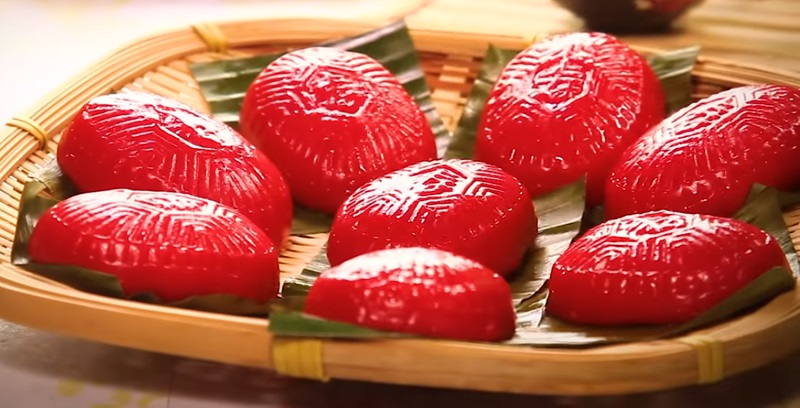
Ang ku kueh is a traditional Chinese dessert that originates from the Fujian province of China. This delightful treat is a delicate and chewy glutinous rice cake that is shaped like a tortoise shell, symbolizing longevity and good luck. The name "ang ku kueh" translates to "red tortoise cake" in English, which refers to the vibrant red color of the cake's outer layer. The filling of ang ku kueh is usually made from sweetened mung bean paste or ground peanuts, providing a smooth and creamy texture that complements the chewiness of the rice cake. Some variations may also include ingredients like coconut or sesame for added flavor. Fujian cuisine is known for its emphasis on natural and simple flavors, and ang ku kueh is no exception. It is steamed rather than baked, preserving the moistness and softness of the cake. This traditional dessert is often enjoyed during special occasions such as birthdays, weddings, or Chinese festivals. Ang ku kueh is not only a delicious treat but also a cultural symbol that represents good fortune and prosperity. Its unique shape and vibrant color make it a visually appealing dessert that is loved by people of all ages.
Hujiao bing
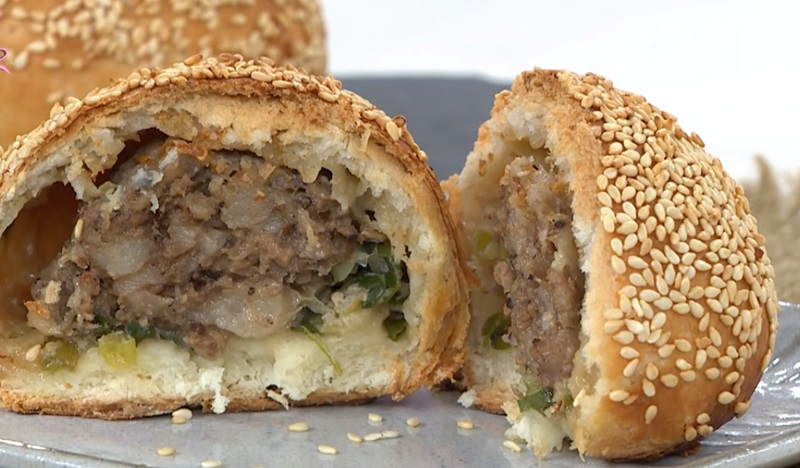
Hujiao bing is a delectable dish that originates from Fujian cuisine, a culinary style renowned for its use of fresh ingredients and bold flavors. Hujiao bing, which translates to "pepper biscuit," is a popular street food in Fujian province and has gained popularity in other parts of China as well. The dish consists of a crispy, flaky pastry filled with a savory mixture of ground pork, scallions, and spices. The defining ingredient of hujiao bing is the generous amount of white pepper used to season the filling, giving it a distinct and spicy flavor that sets it apart from other Chinese pastries. The dough for hujiao bing is made with a combination of wheat flour and lard, resulting in a golden, crispy exterior that is both light and slightly chewy. The pastry is then rolled out into thin rounds, filled with the seasoned pork mixture, and folded into a crescent shape before being baked until golden brown. Hujiao bing is best enjoyed hot and fresh, with its crispy shell and flavorful filling providing a delightful contrast of textures. This dish is a true representation of Fujian cuisine's emphasis on bold flavors and skillful craftsmanship, making it a must-try for any food lover.
Fujian red wine chicken
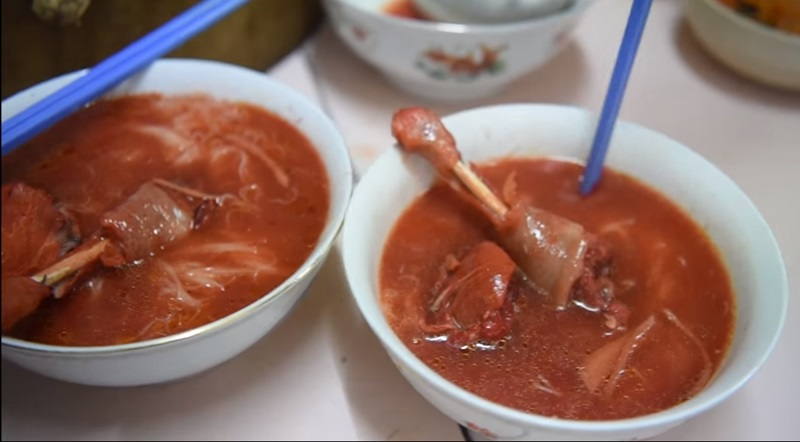
Fujian cuisine is a prominent culinary style in China, known for its delicate flavors and emphasis on seafood. One popular dish from this region is Fujian red wine chicken. This dish is made by simmering chicken in a flavorful broth made with red rice wine, ginger, and other aromatic ingredients. To prepare Fujian red wine chicken, first, the chicken is marinated in a mixture of red rice wine, soy sauce, and spices to enhance its taste. The marinated chicken is then slowly cooked in a broth that consists of red rice wine, ginger, garlic, and other seasonings. The long, slow cooking process allows the chicken to absorb the flavors of the broth, resulting in tender and flavorful meat. The finished dish is served hot, with the chicken surrounded by the fragrant broth. The aroma of the red wine and ginger infuses the chicken, creating a rich and satisfying flavor. Fujian red wine chicken is often enjoyed with steamed rice or noodles, allowing the dish to be a complete and satisfying meal. Overall, Fujian red wine chicken is a delicious and comforting dish that showcases the unique flavors of Fujian cuisine. Its combination of tender chicken and fragrant broth makes it a popular choice among food enthusiasts.
Taro purée

Fujian cuisine is known for its delicate flavors and emphasis on fresh ingredients, and one of its popular dishes is Taro purée. Made from the starchy root vegetable, Taro purée is a creamy and smooth dessert that is both satisfying and comforting. To prepare this dish, fresh taro is peeled, boiled, and then mashed into a soft and velvety texture. The purée is then sweetened with sugar and sometimes enhanced with coconut milk to add richness and depth of flavor. The final result is a luscious and slightly sweet dessert that is perfect for those with a sweet tooth. Taro purée is often served warm, making it an ideal treat during colder months. It can also be enjoyed chilled during the summertime, providing a refreshing and cooling sensation. This versatile dessert can be eaten on its own or paired with other ingredients such as sweet beans or glutinous rice balls for added texture and variety. With its smooth consistency, subtle sweetness, and unique taro flavor, Taro purée is a beloved dish in Fujian cuisine, appreciated for its simplicity and satisfying taste. Whether enjoyed as a dessert or a sweet snack, this delightful dish is sure to please the palate of any food lover.
Yanpi
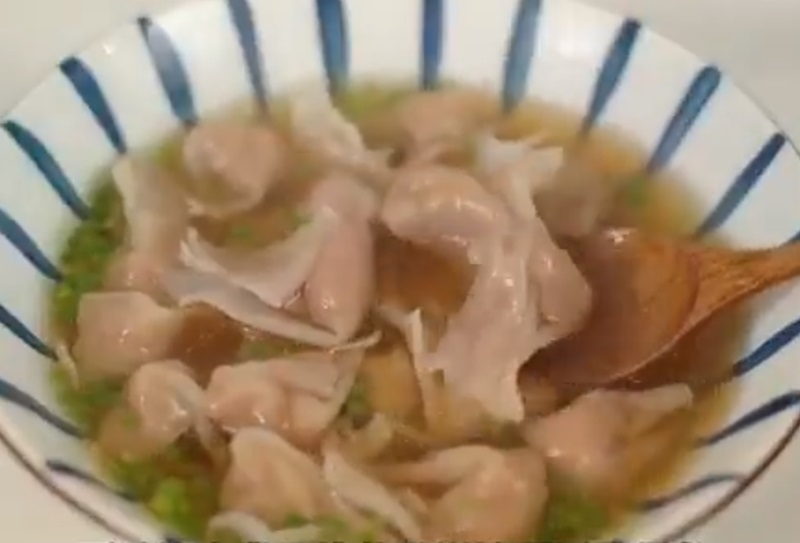
Yanpi Dish is a traditional delicacy of Fujian cuisine, originating from the coastal province of Fujian in China. It is a unique and flavorful dish that showcases the region's culinary expertise and seafood abundance. Yanpi Dish is made using a special type of fish called "yanpi yu," which is known for its tender and succulent flesh. The fish is carefully sliced into thin pieces and then marinated in a mixture of soy sauce, ginger, garlic, and other aromatic spices. The marinated fish slices are then deep-fried until they turn golden and crispy. The result is a dish that is both visually appealing and bursting with flavors. The crispy exterior of the fish contrasts beautifully with the tender flesh inside. It has a rich umami taste, enhanced by the fragrant spices used in the marinade. Yanpi Dish is often served as an appetizer or as part of a seafood feast. It is enjoyed for its unique texture and taste, making it a beloved dish among locals and tourists alike. Fujian cuisine prides itself on its ability to bring out the natural flavors of ingredients, and Yanpi Dish is a perfect example of this culinary philosophy.
Lychee pork
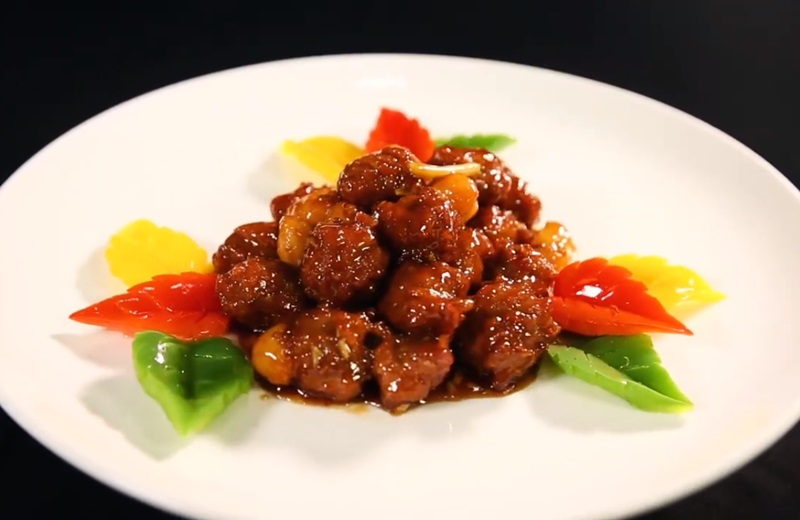
Fujian cuisine is renowned for its unique flavors and delicate preparation techniques, and one of its most popular dishes is Lychee pork. This delectable dish combines the sweetness of lychee fruit with the savory taste of succulent pork. To prepare Lychee pork, tender pieces of pork are marinated in a mixture of soy sauce, ginger, garlic, and other aromatic spices. The marinated pork is then stir-fried until it becomes tender and juicy. Meanwhile, lychee fruit is peeled and deseeded, ready to be added to the dish. Once the pork is cooked to perfection, the lychee fruit is added, giving the dish a burst of sweetness. The combination of the soft and juicy pork with the fragrant and delicate lychee creates a harmonious balance of flavors. Lychee pork is often served with steamed rice, allowing the flavors to blend together. This dish showcases the creativity and skill of Fujian cuisine, as it combines contrasting flavors to create a truly unique and delicious experience for the palate.
Diāng-biĕng-gù
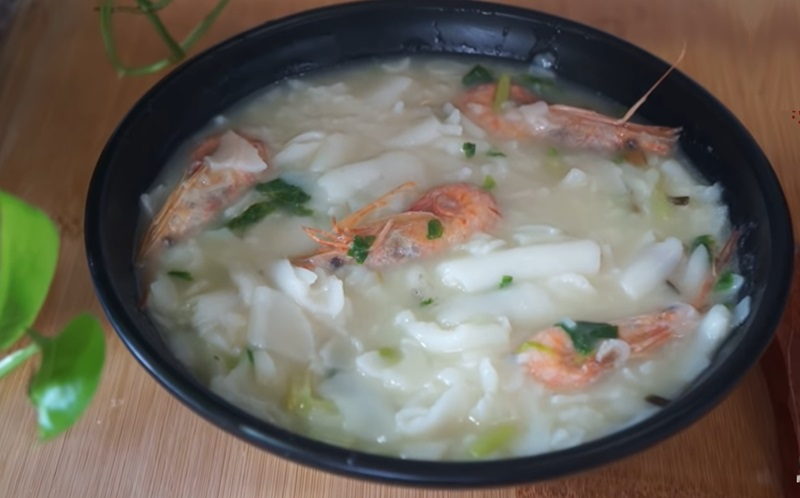
Diāng-biĕng-gù is a popular dish in Fujian cuisine, known for its unique flavors and delectable taste. This dish consists of thin pancakes, often made from wheat flour, that are filled with a variety of ingredients. The pancakes are usually cooked until they are slightly crispy on the outside, while remaining soft and chewy on the inside. The filling of Diāng-biĕng-gù can vary, but it commonly includes ingredients such as minced pork, vegetables like cabbage or carrots, and various spices and seasonings. These ingredients are mixed together and then spread onto the pancakes, creating a savory and flavorful stuffing. Once filled, the pancakes are typically folded or rolled up, creating a convenient handheld meal. Diāng-biĕng-gù is often enjoyed as a street food, as it is quick and easy to eat on the go. The combination of the crispy pancake and the flavorful filling makes Diāng-biĕng-gù a delicious and satisfying dish. Its popularity in Fujian cuisine is a testament to its taste and versatility, making it a must-try for anyone exploring the rich culinary traditions of the region.
Sì (dessert)
-1705421943.jpg)
Fujian cuisine is renowned for its diverse flavors, fresh ingredients, and delicate cooking techniques. One of its standout desserts is the Sì dish, a delightful sweet treat that embodies the essence of the region's culinary traditions. Sì dish is a combination of four different desserts, each representing a unique aspect of Fujian cuisine. The first component of Sì dish is oyster pancake, a savory dish made with a crispy pancake filled with oysters, vegetables, and a flavorful sauce. This adds a savory and umami element to the dessert. The second component is almond jelly, a refreshing and light dessert made from almond milk and agar-agar, giving it a smooth and delicate texture. The third element is sweet potato soup, a warm and comforting dessert made by simmering sweet potatoes with rock sugar and ginger. Finally, the dish is completed with tangyuan, glutinous rice dumplings filled with sweet sesame paste or red bean paste. The combination of savory, refreshing, warm, and sweet elements in Sì dish creates a harmonious balance of flavors and textures. It showcases the versatility and creativity of Fujian cuisine, making it a must-try dessert for anyone seeking a unique and delicious culinary experience.




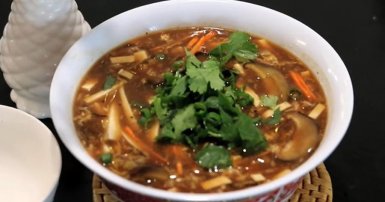
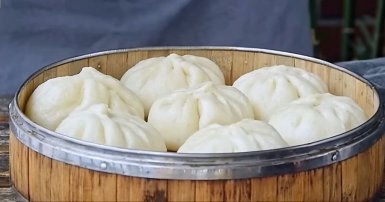

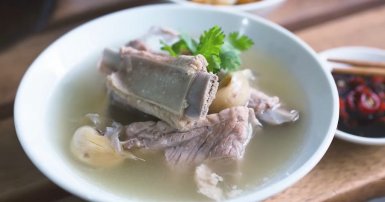


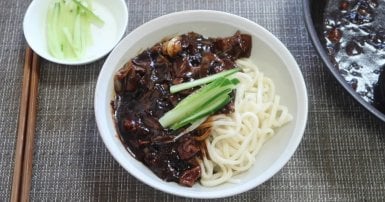


-1709813013.jpg)


